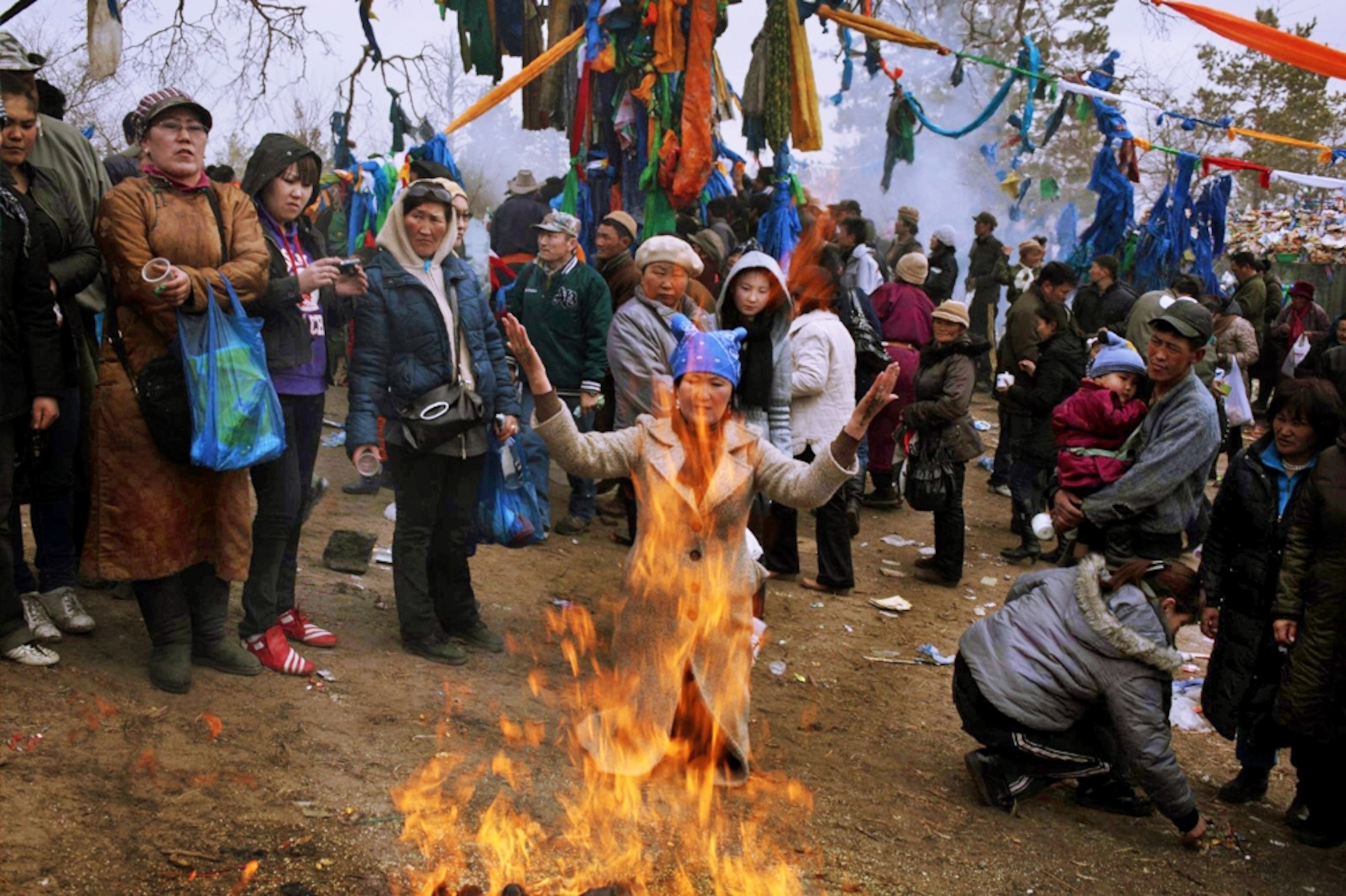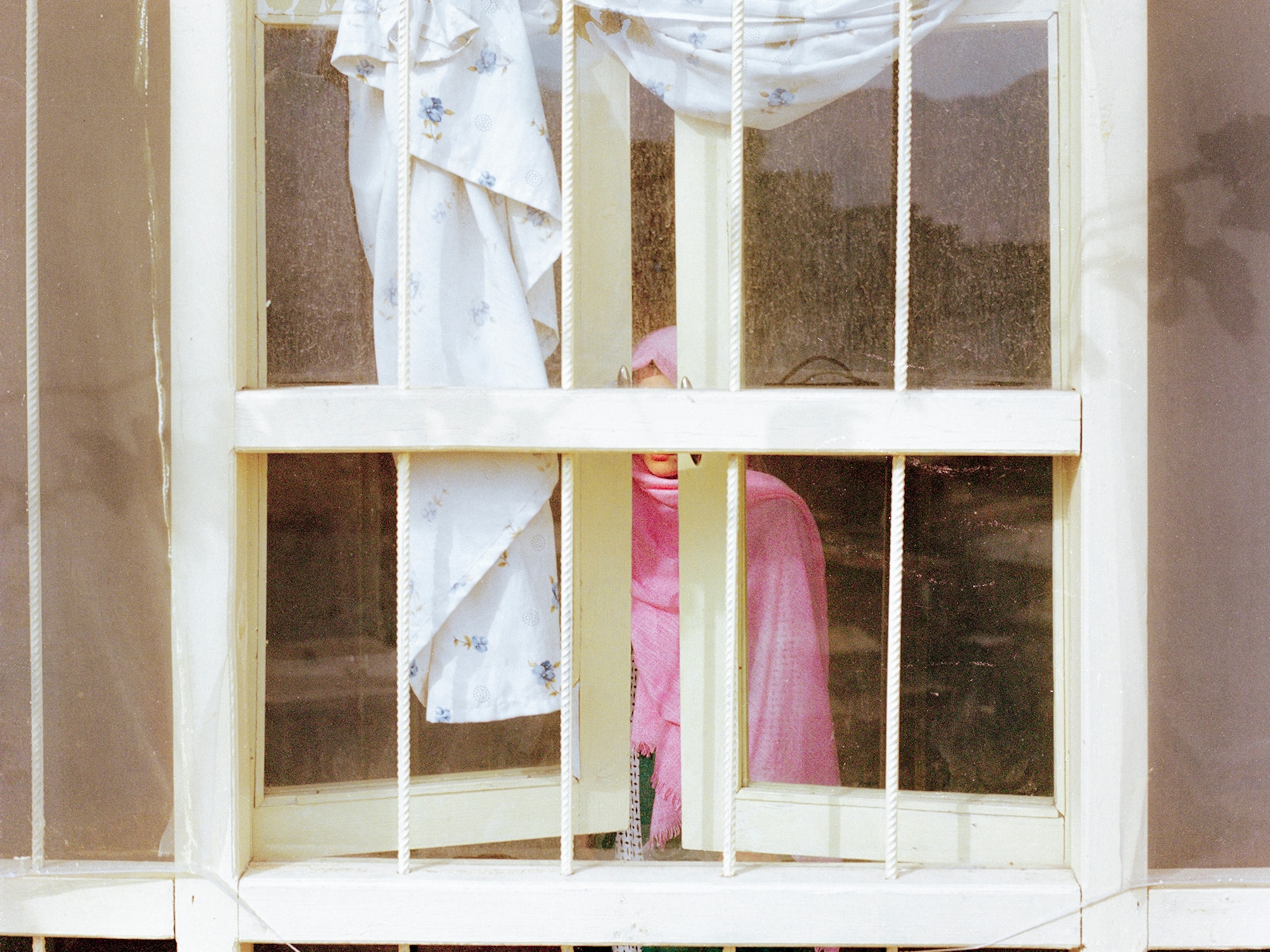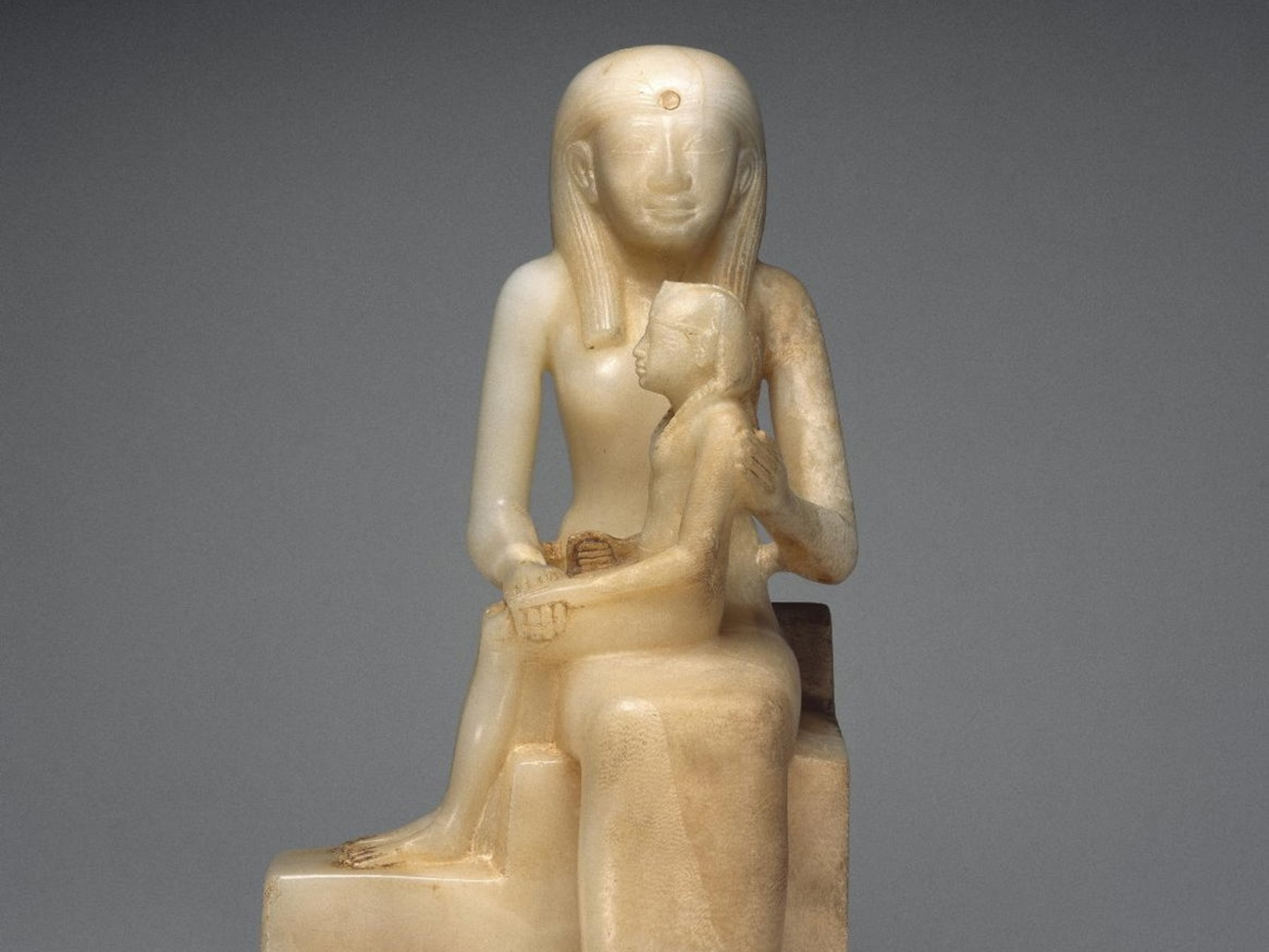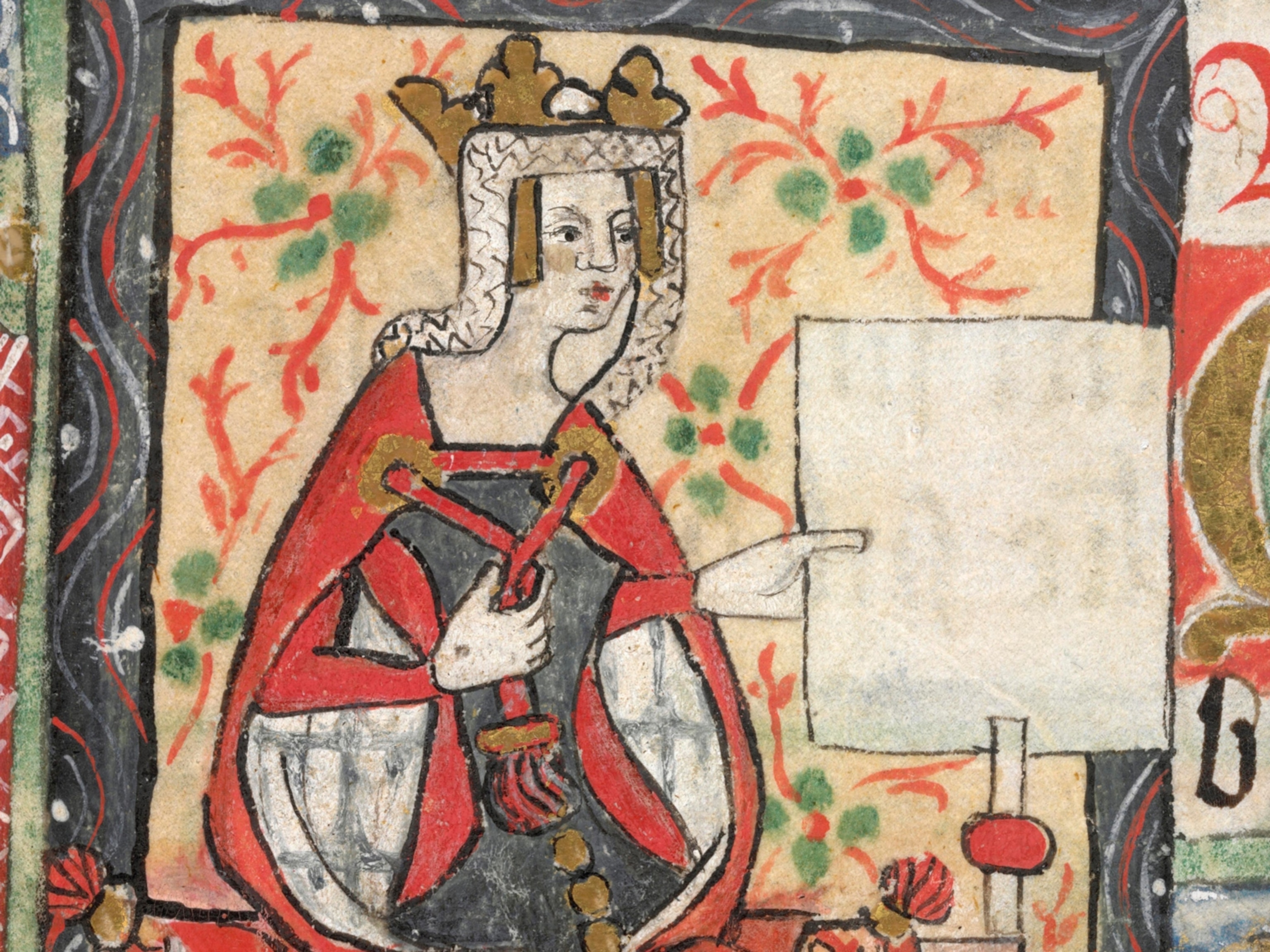Conversation With Elizabeth Krist and Kathryn Keane
Conversations is an ongoing series where photographers, editors, and curators talk about concepts in photography as well as recent projects.
Today, we bring together two of the forces behind the new exhibition “Women of Vision: National Geographic Photographers on Assignment“—Kathryn Keane, National Geographic’s vice president of exhibitions, who conceived the idea, and National Geographic magazine senior photo editor Elizabeth Krist, who curated it—to discuss the dedication of the women behind the lens.
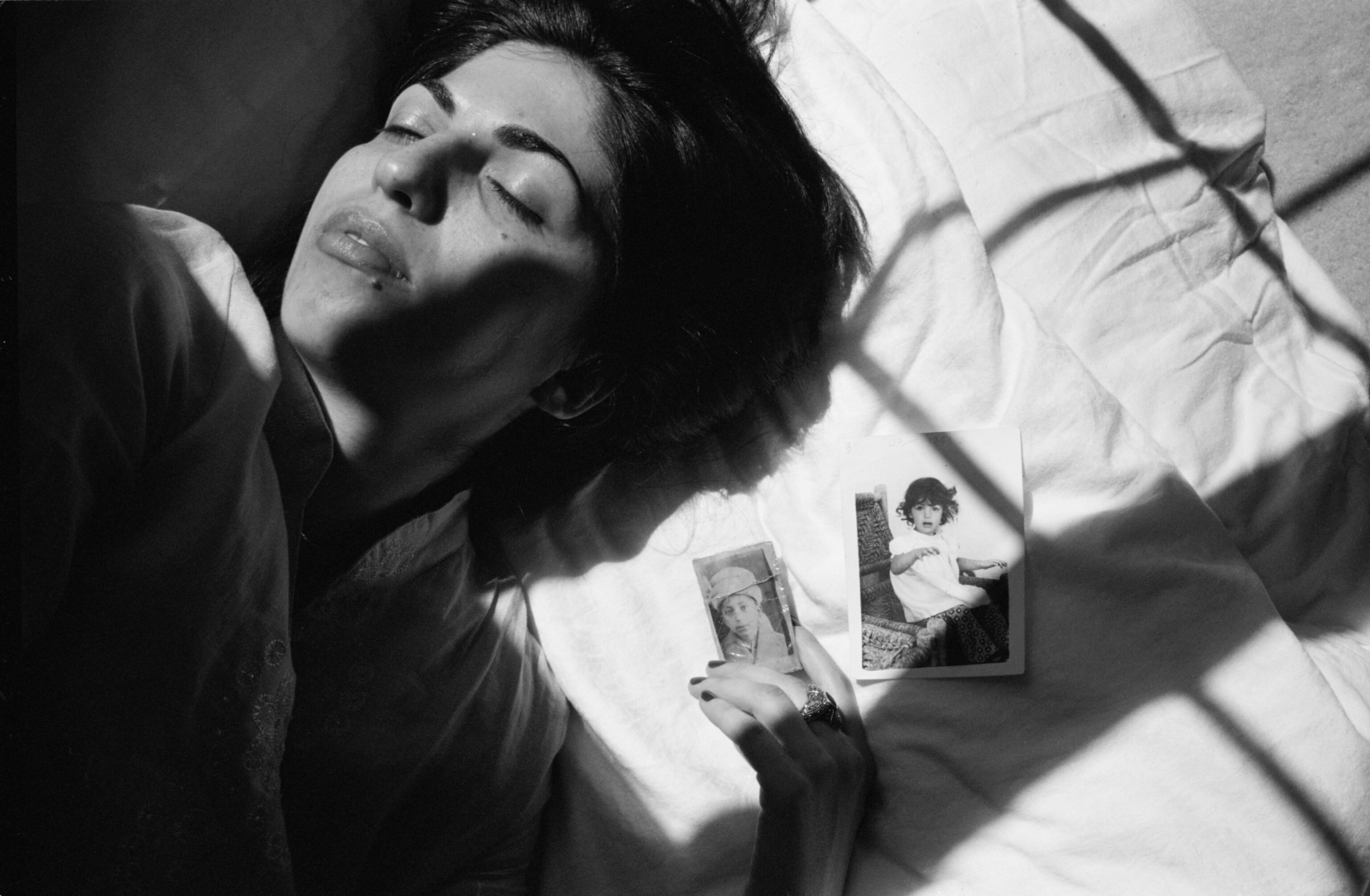
KATHRYN KEANE: We had the wonderful occasion of the 125th anniversary of National Geographic magazine in October of this year, so we decided a year ago that we wanted to do a big photography project. And as we were going through the many stories of the last decade that had made a real difference and moved the dial, we were amazed at how many of them were done by women photojournalists.
We said, Why don’t we do a story about that? Why don’t we do a story about these women themselves? Photojournalism has traditionally been a bit of a man’s world, maybe particularly here at National Geographic because we do so much exploration, and for 125 years we’ve been sending people to very dangerous places and extreme places.
The fact that there are these women who are now taking the lead on some of these stories—that seemed like a good basis for a project like this, so I immediately reached out to Elizabeth Krist, my colleague and a senior photo editor from the magazine, and I said, What do you think of this idea? She agreed to curate the project and it kind of grew from there.

ELIZABETH KRIST: I was so excited to be able to work on it. When you were talking about how National Geographic is at the forefront of exploration and how we send people into all these dangerous, risky places, I was struck by how many of the women who are in this exhibition have also worked in those kinds of conditions.
Lynsey [Addario] and Stephanie [Sinclair] and Maggie [Steber] have worked in conflict zones. Lynn [Johnson] is shooting where there are pandemics. Beverly [Joubert]’s facing wild animals. Erika [Larsen] is working in subzero temperatures, and Jodi [Cobb]’s going around to all these illegal slavery sites.
I think it’s impressive and I think it sends a great message to young girls too, that women can do this kind of work, and maybe they’ll be inspired to want to come and work for National Geographic. So I think that’s one reason that I’m excited about the exhibition and the book.
KATHRYN: Yeah, me too. For me it’s been fascinating getting to know these women and what drives them, what inspires them. I agree with Elizabeth, at the core of all of this is trying to inspire that next generation of journalists to stay curious because we need people to go into these careers.
It’s not easy, and maybe it’s getting harder and harder every day to bring back these kinds of stories, but if we can inspire young girls and boys to want to go into these fields, then we’ve done our job.
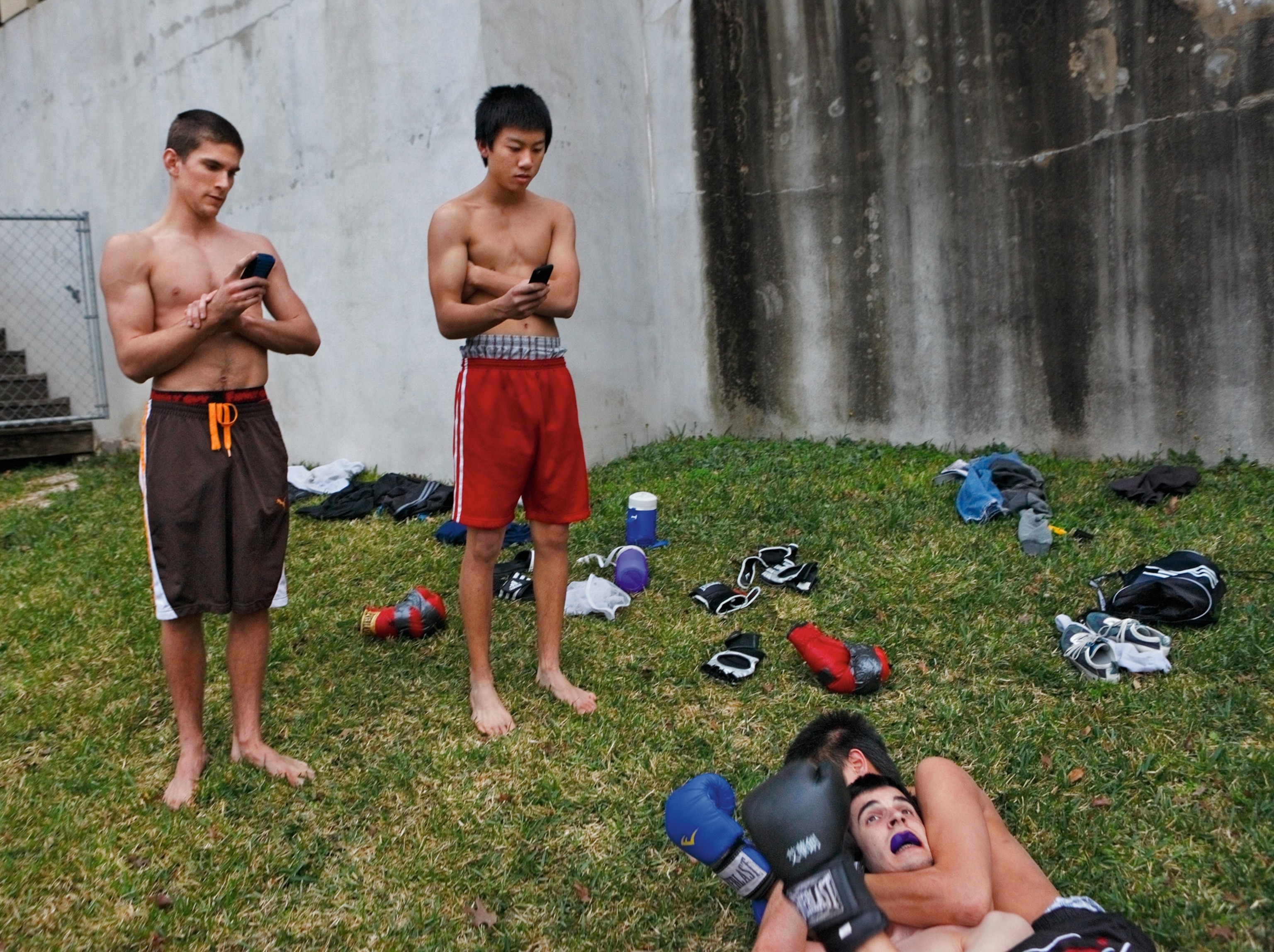
ELIZABETH: Sometimes when people ask why are we doing an exhibition that focuses on women, I feel, well, gender is just one element in the whole chemistry of what makes up a person. When you look at someone’s cultural background, you look at their economic upbringing, you look at their age—all of those things contribute in the same way that gender contributes. But I do think that women are more likely to concentrate on issues that really matter to women, whether it’s maternal mortality or sexual assault or child brides. And so I do feel that it’s important to keep the numbers up of women who are actually going out in the field and covering these kinds of issues.
KATHRYN: Agreed.
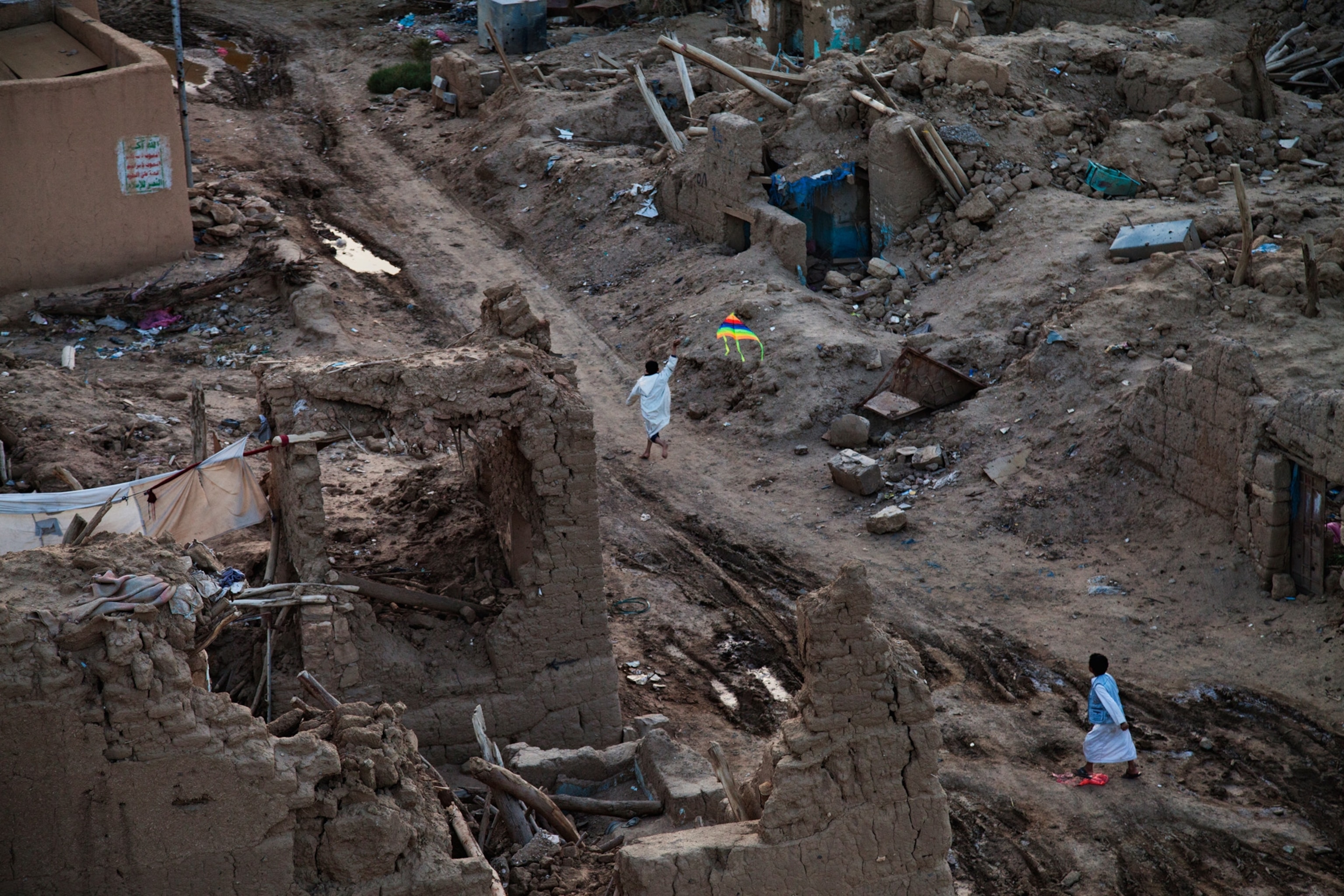
KATHRYN: I think the biggest thing that I learned about this group of women [photographers]—and they’re all quite different, I think I should say that up front—is that strangely they do have sort of similar stories, some of them, in the way they got their start.
Many of them worked for their hometown newspapers; many of them were the only women photographers working in the newsroom. Many of them had sort of different reasons for getting into it, but once they got into the field of photography, they had sort of similar experiences, but then their personal interests drew them back out into different directions.
And I knew they were brave because I saw their work and I saw where they were and I saw the difficult content that they had to cover and I know how time consuming it is to get these stories for National Geographic, especially. But I was reminded in interviewing them and getting to know them how truly brave they really are. A lot of times these women had no resources; they had very little support and yet they were driven to get the stories that they get.
And, in many instances the National Geographic stories grew out of the personal work of a lot of these women and their passion for a certain subject.
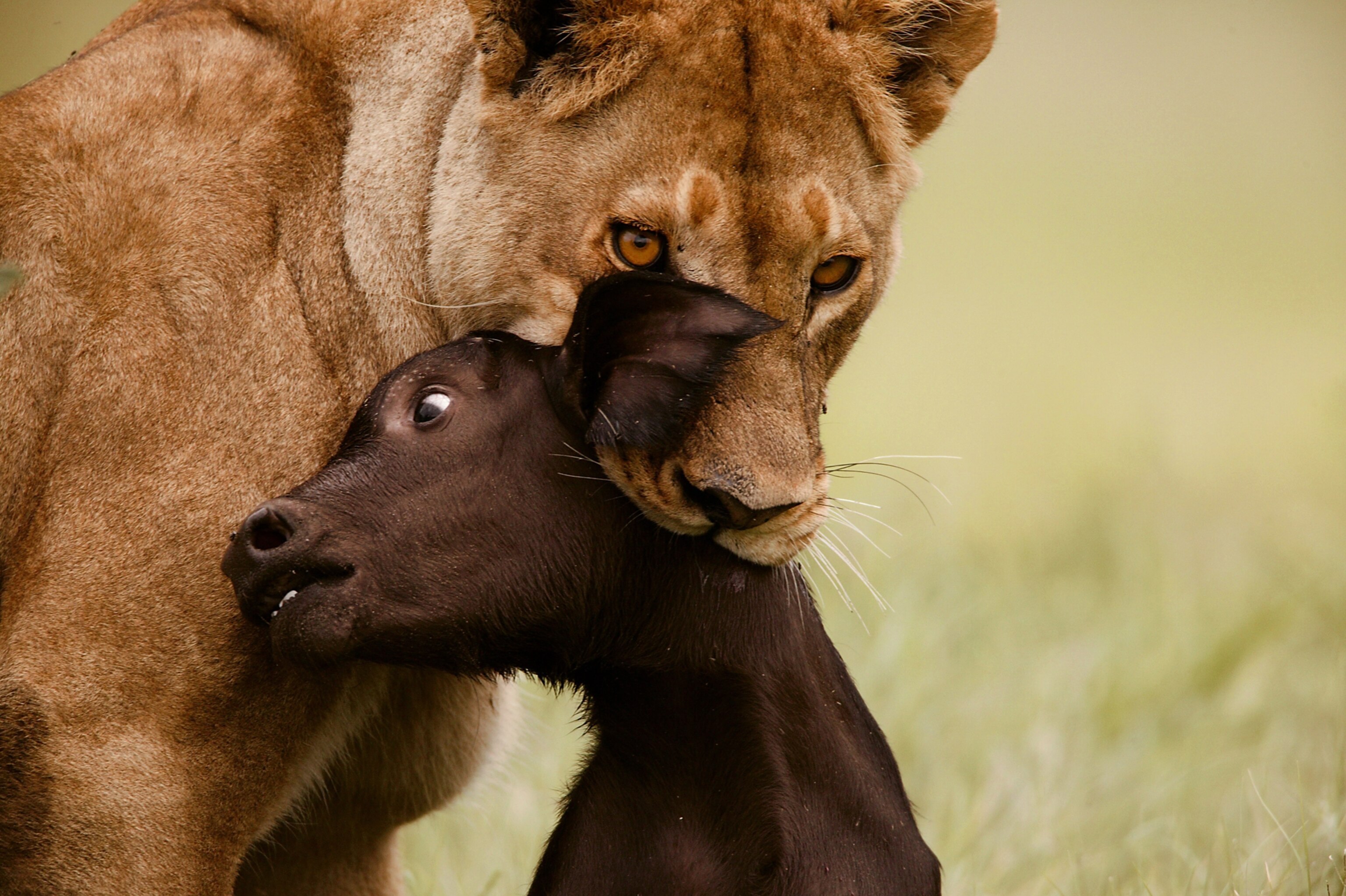
KATHRYN: We had to agree on who to include [in the Women of Vision project] and, you know, 11 is a lot. But I think both Elizabeth and I felt that there was nobody on this list that we could leave out in doing justice to this project.
ELIZABETH: We looked at who was most active over the last decade, or a little longer. We also were looking for diversity in terms of subject matter and what they covered.
KATHRYN: I was sort of fascinated with Kitra [Cahana] when I met her at the National Geographic photography seminar in 2011, fascinated by the work she did on the teenage brain story which I thought was one of our great stories of the last decade.
ELIZABETH: I agree. I agree.

KATHRYN: What a story to illustrate right—how do you illustrate a story about the science of the teenage brain?—and she just did a terrific job on that. So I was interested in the next generation. I was interested in the experiences of some of our more veteran photographers, like Jodi and Lynn and Maggie, and juxtaposed with the younger photographers who are coming along and the similarities and differences between the two.
But in the end it didn’t really matter, right? They all sort of had the same passion and reasons for doing what they do.
ELIZABETH: Mm-hmm. And dedication.
KATHRYN: And dedication.
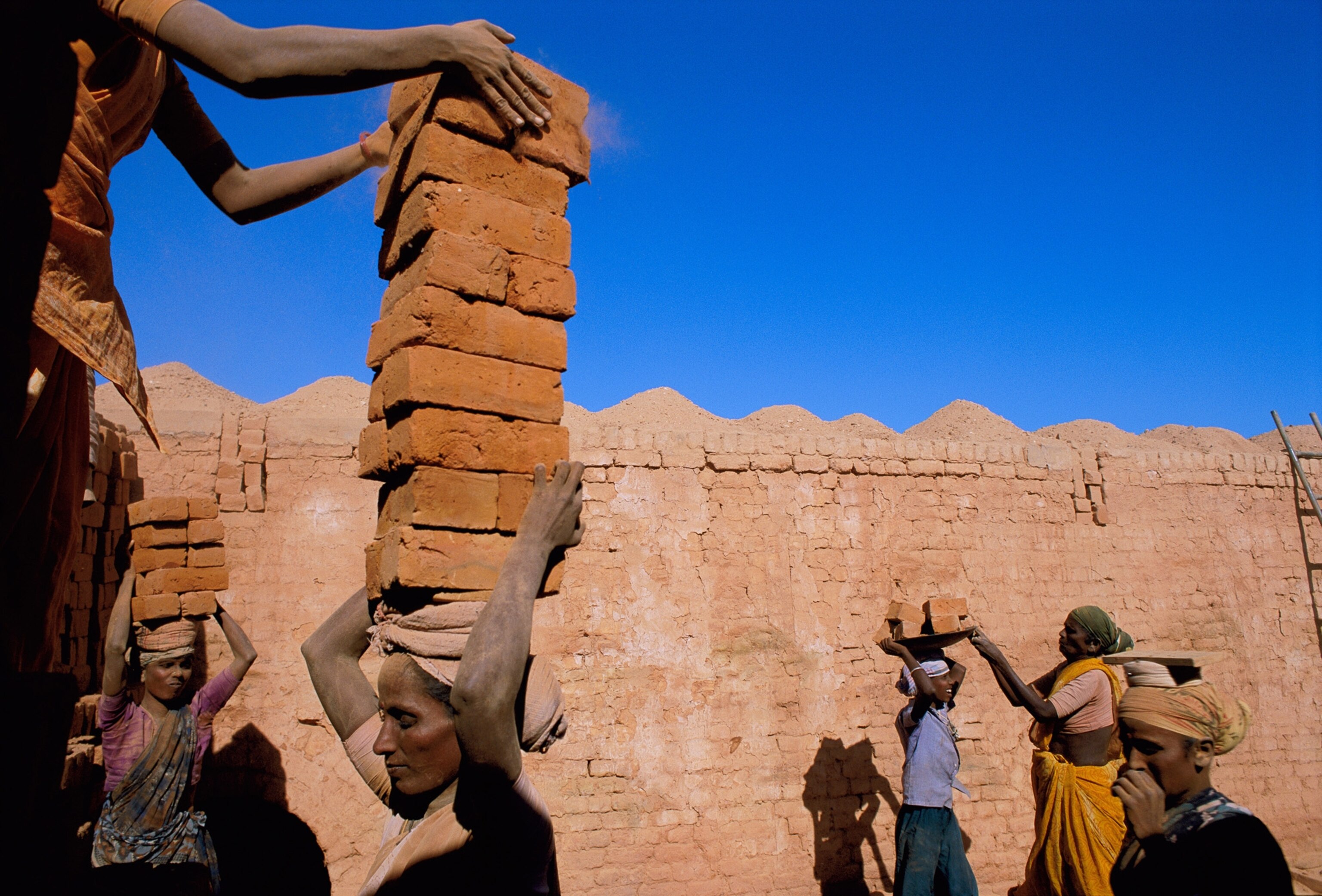
KATHRYN: We wanted to tell stories and we wanted those stories to complement each other and we also wanted to basically take you on a trip around the world through the eyes of these women. That’s what I think that was sort of in Elizabeth’s brain when she was sort of curating this, and she did a brilliant job. Obviously there were stories that we didn’t include but it’s a nice selection of the great assignment work of the last decade.
ELIZABETH: I think so too.
KATHRYN: You know, in my business, and all museums I think would admit to this—if they don’t admit to it they’re lying—but ideas for projects do tend to be cyclical. I mean, every ten years, you revisit ancient Rome or you do a project on Egypt. These are subjects that new generations of people are going to be curious about. And fortunately there are always new discoveries going on.
I think, with photography, it’s the same way. Every ten years, to look back on a decade’s worth of work, it’s a good thing to do, if for no other reason than to just remind ourselves of the importance of the work that we do and the unique nature of our content. So yes, I think we’ll do this again.
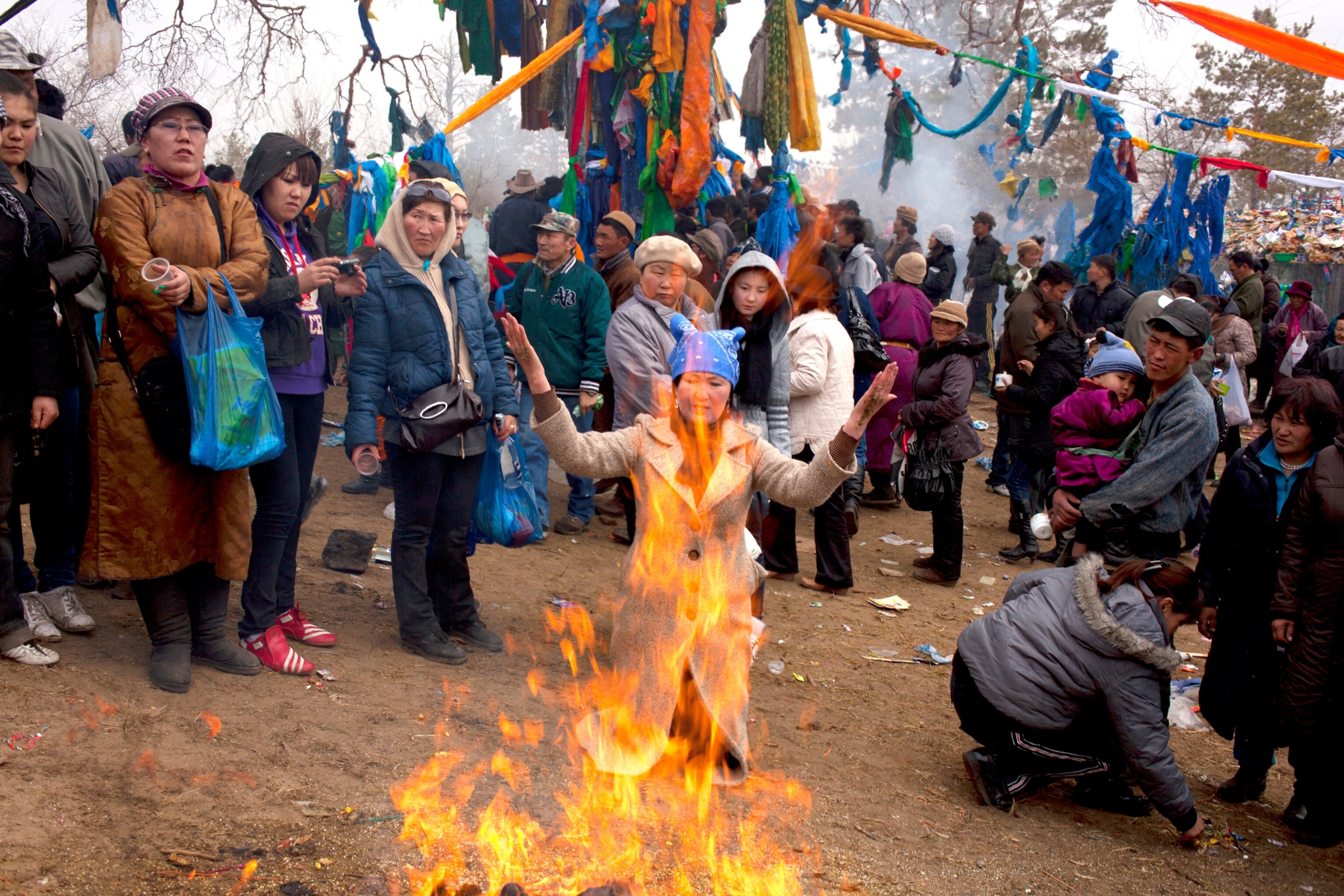
ELIZABETH: I would love to think that in ten years there will be no reason to have an exhibition concentrating only on women in the same way that most people don’t think about putting together exhibitions on men photographers. [Chuckles.]
But I will have to wait and see. I sort of fear that in ten years, my daughter’s generation is still going to be wondering why there are still more men being hired, more men out there producing these kinds of stories that we tell.
But I hope I’m wrong. I hope that it’s much more equalized and that there isn’t that kind of a need.
KATHRYN: Yeah.
KATHRYN: One of my questions for Elizabeth would be about the editing process. In any given assignment you can get thousands and thousands and thousands of photographs, and only a few appear or are selected to illustrate a story. I don’t think people understand how difficult that is. How does that work?
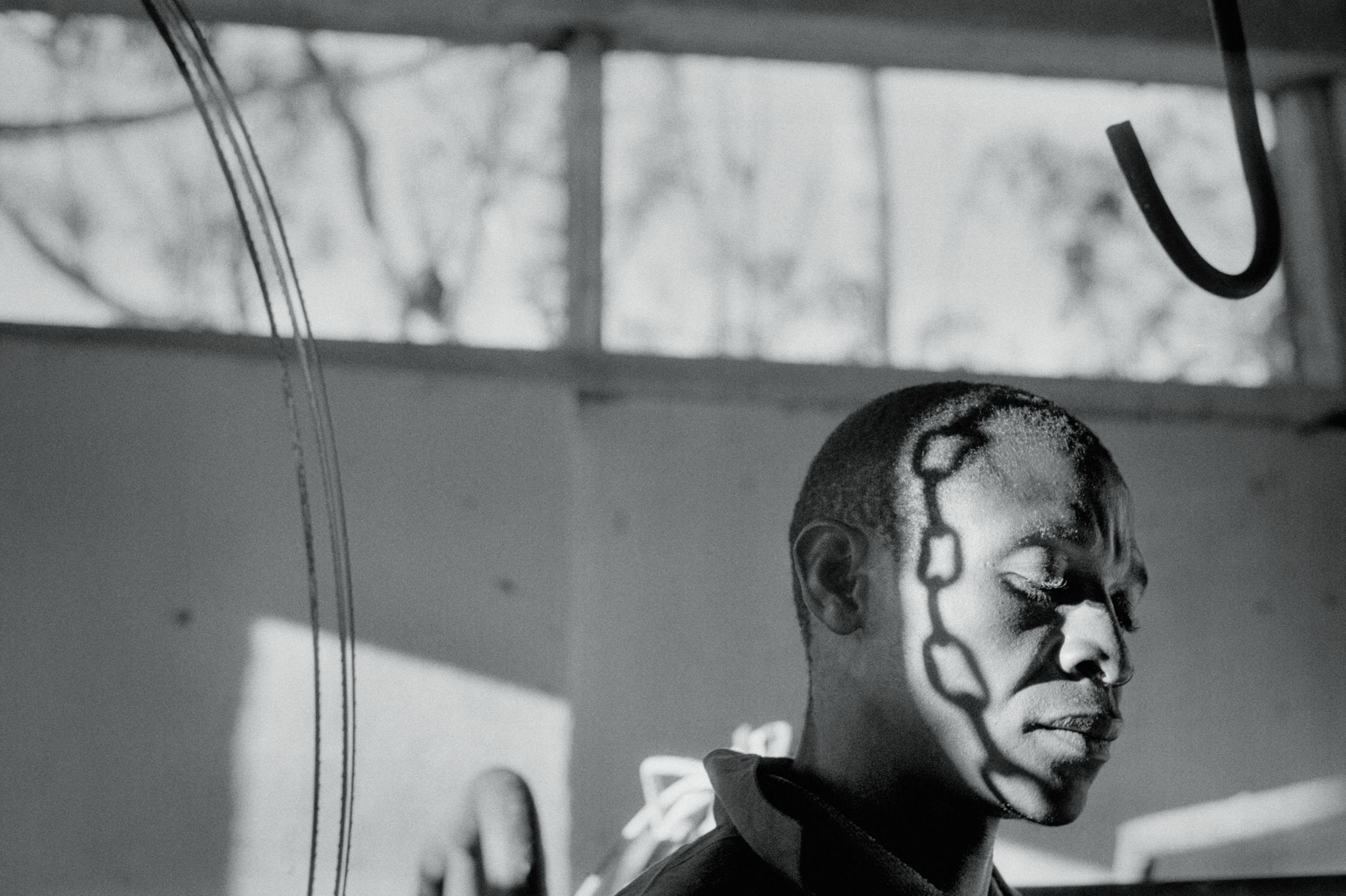
ELIZABETH: By the time we actually start looking at pictures, we’re so immersed in the story that we have a deep understanding of the research and the themes that we have to convey to the readers. So that by the time I start looking at all the images—you know, just flashing across my computer screen—my brain is going to a much more subliminal level.
I’m just looking for the perfect convergence of light and composition more than anything, because I trust that the photographer has already honed the subjects by what she’s shot. And then I just go through and pull whatever speaks to me at a really deep, visceral level. Then I go through on a second round and get that down more by the actual content and the storytelling and what is really required to construct a visual narrative for a reader who might not know anything about the story.
So for every picture, I’m looking for a convergence of information, some sort of revelation, something I didn’t know. The other element that the picture has to hit is some kind of visual impact—something that’s so striking, whether it is the light or the composition—something that’s really graphic that just hits me so hard at a gut level that it jumps out.
ELIZABETH: One of the things I realized that made my job ten million times easier is that I was just building on all of the effort that the individual story editors had put in with the photographers. Each photo editor for a story might look at 30,000, even 50,000 frames, and [then get] it down to the 20 or 25 that get published.
And we did look at outtakes. We looked at a lot of images that were shown to the editor and never ended up being published in the layout. It was always fun to conspire with the photographers and try to find one or two images that maybe their editor didn’t like or that never made it into even the final show for the editor and try to sneak one or two of those in too.
KATHRYN: Very sneaky.
ELIZABETH: [Laughing.] It was fun.
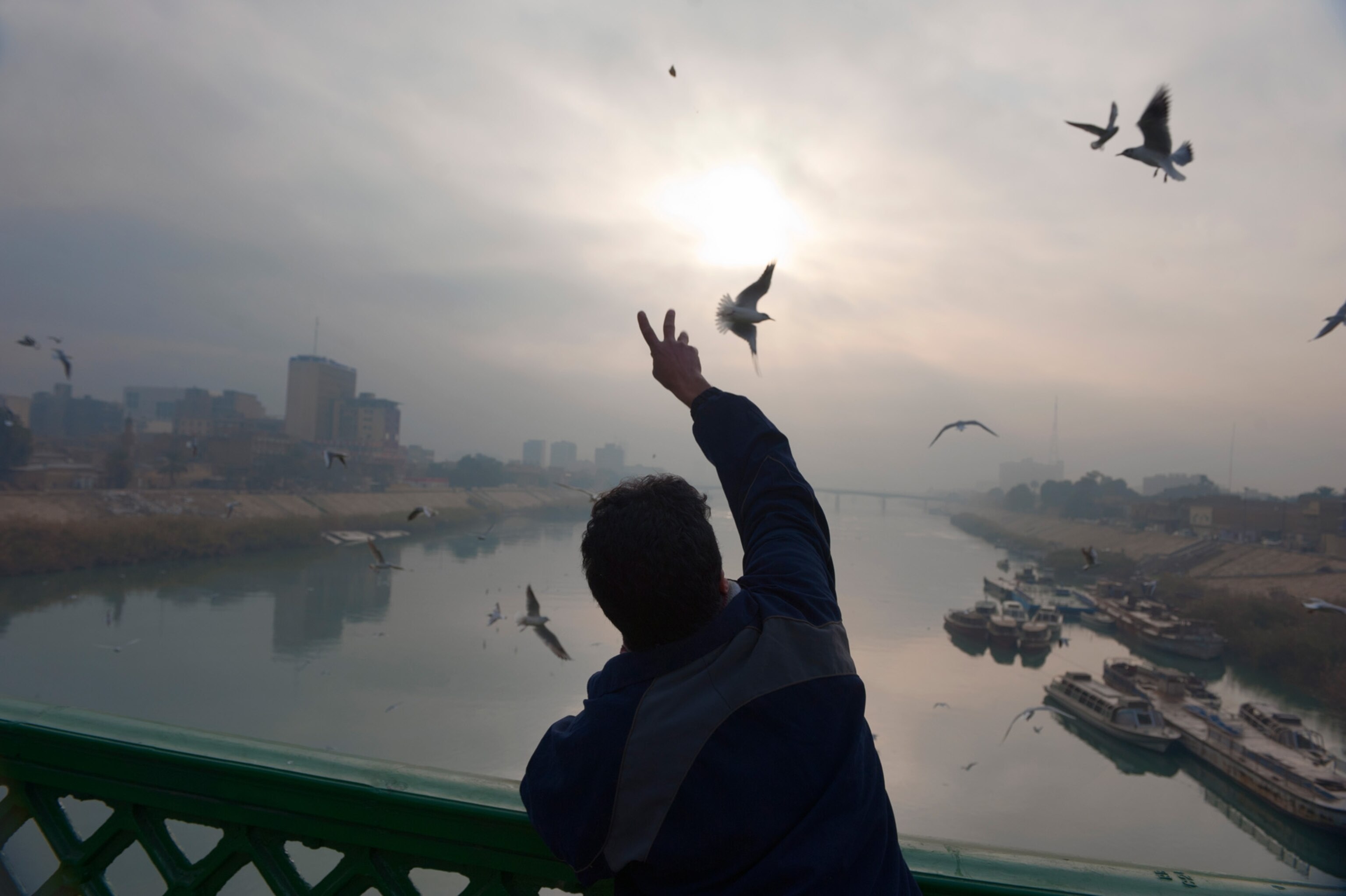
KATHRYN: I think one of the things that surprised me the most in doing this project was coming to understand what’s involved in one of these assignments, how much time it takes. I think each of the photographers referenced this multiple times to me.
For National Geographic, they really have the luxury of time, and they can spend the time that it takes to get the pictures, which is really rare today. [Like] Erika Larson spending four or five years on that Sami story and learning the language and embedding herself in the community and getting people to trust her. It’s just not an in-and-out kind of thing to get a story like that.
They each had a similar story to that, the amount of time that they had to dedicate and the fact that they were appreciative of National Geographic for giving them that time to get it right.
ELIZABETH: It’s really true. I hope that if there’s one thing that comes out of all the attention that photography is receiving during our 125th anniversary it’s that people realize that one of the reasons that we’re such a fortress for photojournalism is because we’re still willing to dedicate the time and the money to these stories. I think that’s why there are so many photographers who want to work for us, because there are very few other places in the world where a publication would be willing to give a photographer eight weeks, ten weeks. It’s very unusual and I really hope with all my heart that it’s one aspect of National Geographic that never changes.
KATHRYN: I don’t think I can outdo that. [Laughter.] That’s pretty much the last word from Elizabeth Krist.
This conversation was recorded on October 4, 2013.
“Women of Vision: National Geographic Photographers on Assignment,” a traveling exhibition that celebrates the work of 11 women photojournalists, opens at the National Geographic Museum in Washington, D.C., on October 10. Join us at 7:30 pm EST for a live discussion with the photographers, moderated by Ann Curry.

